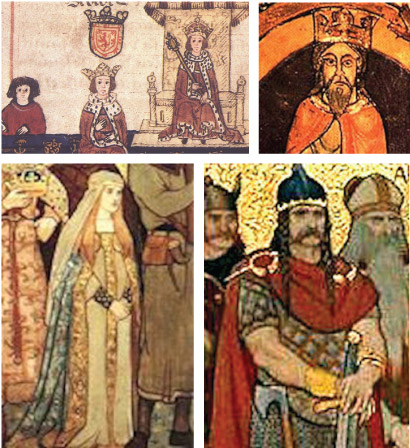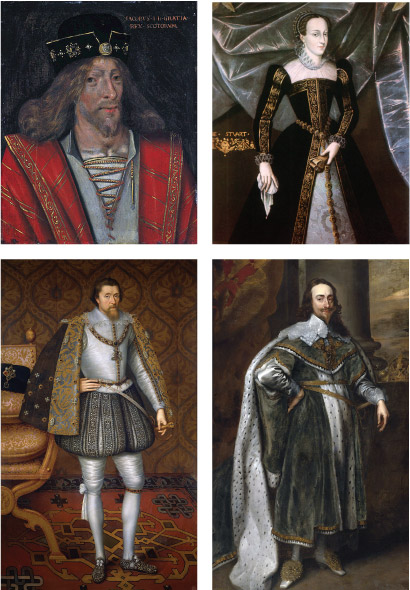2 Evolution of the United Kingdom
The constitutional arrangements in the United Kingdom (UK) are a reflection of the relationship between the four nations that make up the UK. This relationship is one based on a history of conflict, trade and war. Box 1 contains a very concise overview of how four nations came to be the UK.
Box 1 A concise historical overview
By 1283 much of Wales had been conquered by Edward I of England. Wales retained a separate legal system but was governed by the English Monarch. The Acts of Union with Wales 1535 to 1542 effectively ended the separate legal system. Wales continued to be governed by the English Monarch.
The kingdom of Scotland evolved around the early 800s. Scotland and England were often at war with each other and border raids were commonplace. Scotland during this time had a closer relationship with France than with England.


In 1603 Elizabeth I of England died childless and her cousin James VI of Scotland was invited to become King of England. (Henry VII of England was Elizabeth’s grandfather and James VI’s great great grandfather). This united the two countries under one monarch for the first time. James VI of Scotland became James I of England. Although there was one monarch two separate parliaments and legal systems continued. It was not until the Union of Scotland Act 1706 and the Union with England Act 1707 that one Parliament at Westminster (the Parliament of Great Britain) was created with the power to make laws relating to Scotland.
The history of political relations between Ireland and England is complex. Ireland came under English control in the twelfth century but since this time there has been almost constant strife between the two countries. In 1800 the Act of Union with Ireland was passed. A civil war in the early twentieth century led to the Government of Ireland Act 1920, which split Ireland in 1920. This removed 26 counties of the Irish Free State from the UK. Ongoing political issues led to the Northern Ireland Act 1974. This established that the UK Parliament in London would rule over Northern Ireland directly. This lasted until the Good Friday Agreement in 1998.
